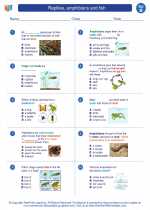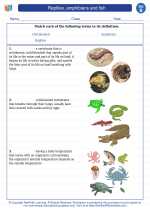Reptiles, amphibians and fish -> rain gauge
Rain Gauge
A rain gauge is a scientific instrument used to measure the amount of precipitation that falls at a specific location over a specific period of time. It is an important tool for meteorologists, hydrologists, and other scientists who study weather and climate patterns.
How does a rain gauge work?
There are several types of rain gauges, but the most common design consists of a cylindrical container with a funnel at the top to collect rainwater. The collected water is then funneled into a measuring tube or container, where it is measured in inches or millimeters. The amount of precipitation is typically recorded at regular intervals, such as daily or weekly.
Why is a rain gauge important?
Measuring precipitation is important for a variety of reasons. It helps meteorologists track and predict weather patterns, assess drought conditions, and monitor changes in the climate over time. It also provides valuable data for agriculture, water resource management, and flood control.
Types of rain gauges
There are different types of rain gauges, including standard rain gauges, tipping bucket rain gauges, and weighing rain gauges. Each type has its own method of collecting and measuring precipitation, and the choice of gauge depends on the specific needs of the user and the accuracy required for the measurements.
How to use a rain gauge
To use a rain gauge, it should be placed in an open area away from obstructions such as trees or buildings. The gauge should be level and securely anchored to the ground to prevent tipping or spilling. The collected water should be measured at regular intervals, and the readings should be recorded accurately.
Study guide
- What is a rain gauge and what is its purpose?
- How does a rain gauge work?
- Why is measuring precipitation important?
- What are the different types of rain gauges?
- How should a rain gauge be used and maintained?
[Rain Gauge] Related Worksheets and Study Guides:
.◂Science Worksheets and Study Guides Second Grade. Reptiles, amphibians and fish

 Activity Lesson
Activity Lesson
 Worksheet/Answer key
Worksheet/Answer key
 Worksheet/Answer key
Worksheet/Answer key
 Worksheet/Answer key
Worksheet/Answer key
 Worksheet/Answer key
Worksheet/Answer key
 Vocabulary/Answer key
Vocabulary/Answer key
